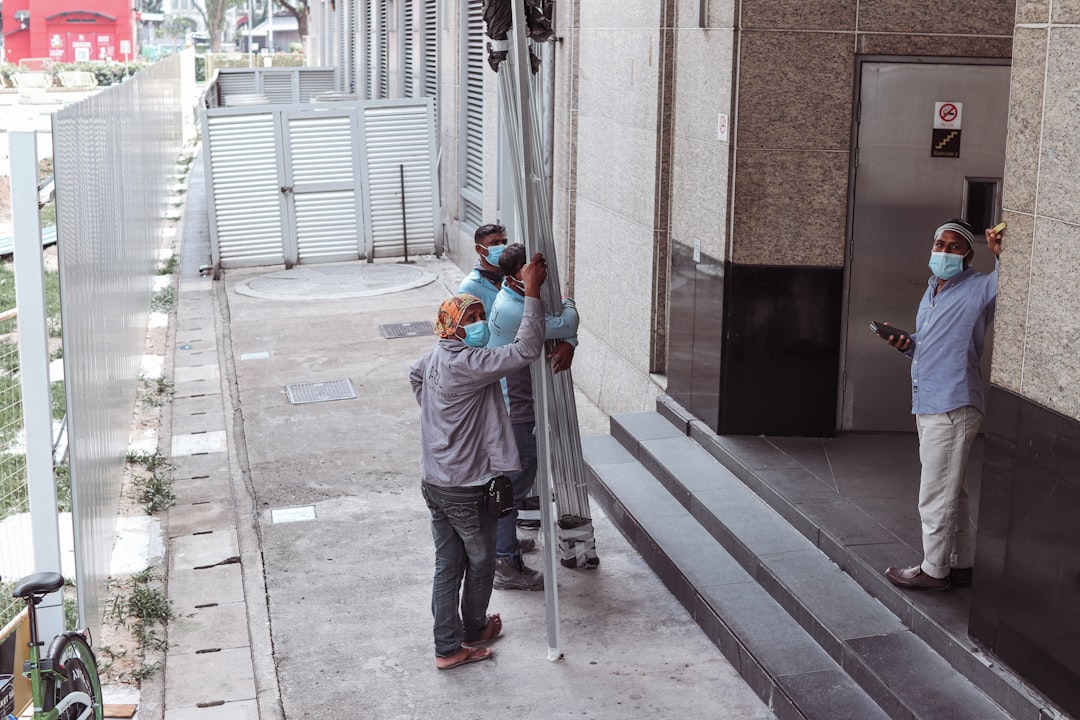Installing Central Vacuum in Residential Projects: A Professional's Guide
Central vacuum systems offer unparalleled convenience and efficiency, making them a sought-after upgrade in residential construction. For professionals, understanding the costs and installation process is crucial. Current installation costs range from $2,800 to $5,800, depending on the project size and complexity. This guide provides insights into optimizing installation for trade professionals.
Benefits of Central Vacuum Systems
- Superior suction power compared to portable units
- Improved indoor air quality by venting dust outside
- Enhanced property value and longevity
- Reduced maintenance with fewer clogs
Streamlining the Planning Phase
Traditional methods can be cumbersome, but with AI-driven tools, you can efficiently plan installations. Our system provides:
- 3D overlays for optimal inlet placement
- Accurate pipe and fitting calculations
- Power unit recommendations based on layout
- Detailed labor hour breakdowns
These tools ensure transparency and accuracy, allowing you to finalize scope and pricing in client meetings.
Step-by-Step Installation Process
- Layout Confirmation: Mark stud bays and floor penetrations.
- Rough-In: Coordinate with electrical crews for efficient scheduling.
- Vacuum Pipe Routing: Use lightweight PVC for effective debris flow.
- Leak Test: Ensure airtight joints with smoke pellets.
- Drywall & Finishes: Protect inlet stubs during installation.
- Trim-Out: Install faceplates and program dustpans.
- Client Walkthrough: Demonstrate system features and maintenance.
Key Cost Factors
- Home Size and Layout: Larger homes require more materials.
- New vs. Retrofit: Retrofits may involve additional labor.
- Finish Level: Advanced systems may increase initial costs.
- Power Unit Tier: Options affect pricing and installation requirements.
Typical Budget Ranges
- 2,000–2,500 sq ft new build: $2,800–$3,600 installed
- 3,000–4,000 sq ft new build: $3,900–$5,200 installed
- Retrofit of a 2-story, 2,500 sq ft home: $4,200–$5,800 installed
These estimates include labor, materials, and permits. For detailed quotes, visit CountBricks Pricing.
Common Pitfalls and Solutions
- Undersized Power Units: Ensure compatibility with pipe length.
- Circuit Requirements: Install dedicated circuits to prevent issues.
- Sound Management: Use mufflers to maintain quiet operation.
- Hose Reach: Ensure all areas are accessible with digital modeling.
Integrated Workflow for Efficiency
Our platform integrates estimating, scheduling, and invoicing, reducing delays and ensuring accurate material delivery. Post-installation, we provide maintenance guides and warranty documents.
Ready to Enhance Your Projects?
For professionals looking to add central vacuum systems, our tools and expertise ensure a profitable and efficient installation. Explore our services at CountBricks.
Case Study: Central Vacuum Retrofit in Westwood Estates
In a 3,100 sq ft home, the client sought allergy relief and increased resale value. Using our mobile scanning tool, we identified optimal pipe routes, minimizing wall disruption.
Project Highlights
- Two-day Rough-In: Installed five inlets and one dustpan with 185 ft of PVC.
- Minimal Disruption: Only small access holes were needed, closed the same day.
- Sound Test: Achieved 64 dB at the kitchen inlet, quieter than conversation.
Financial Outcome
The project was estimated at $4,950, with the final cost closely matching despite material price fluctuations.
Pro Tips for Retrofits
- Include a garage inlet for convenience.
- Ensure proper pipe pitch to prevent debris pooling.
- Install low-voltage wire alongside pipes to avoid future issues.
Next Steps
To replicate this success, visit CountBricks for estimating tools and project planning support.

